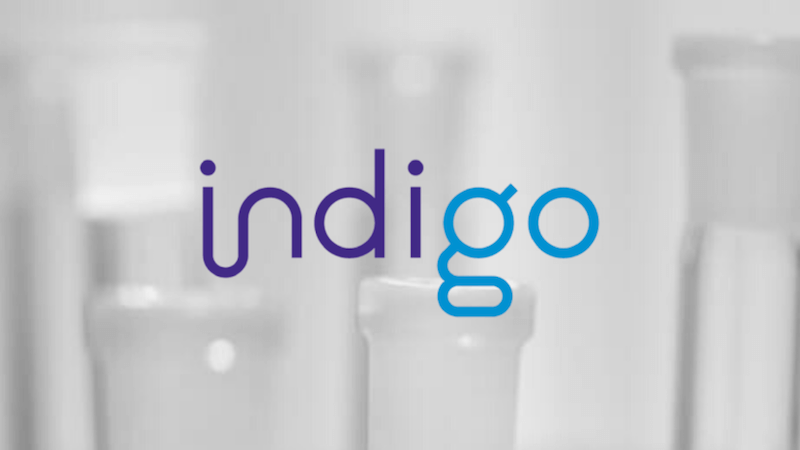Ground-breaking subcutaneous sensor aims to continuously monitor multiple metabolites including ketones in people living with diabetes
BELGIUM – Ghent, March 18, 2021 – Indigo Diabetes N.V. (‘Indigo’ or the ‘Company’), a pioneering developer of medical solutions using nanophotonics, announces that its continuous multi-metabolite (‘CMM’) sensor has been successfully implanted subcutaneously in the first three participants of its first clinical study, designed to evaluate the device. Indigo’s CMM sensor is in development for the continuous measurement of glucose, ketone and lactate levels in people living with diabetes.
Indigo is developing its CMM sensor as part of a next generation of Continuous Glucose Monitoring (‘CGM’) systems, designed to give people living with diabetes access to information on their glucose and other metabolite levels at any given time, without requiring them to wear an external device on their body.
The GLOW study (listed on clinicaltrials.gov under the identifier NCT04782934), will be conducted at the Antwerp University Hospital, Belgium, and will enroll seven participants. It is a prospective, single-center early feasibility study designed to evaluate the safety of the sensor and the short-term integration into the tissue.
Professor Christophe De Block, Principal Investigator of the Study at Antwerp University Hospital added:
“It is essential that people with diabetes are able to accurately monitor their metabolite levels to prevent fluctuations that can seriously affect their health. At the moment ketones cannot be monitored, which means that people living with diabetes are unaware of the levels of this important metabolite, making them potentially vulnerable to ketoacidosis. The GLOW study will help us take a first step towards providing a potentially transformative new solution for these people with diabetes.”
Dr Danaë Delbeke, CEO, Inventor and Co-founder of Indigo Diabetes N.V. commented:
“Initiating our first clinical trial is a momentous event for everyone at Indigo Diabetes, and we are thrilled to be passing this significant milestone as a business. Our CMM sensor technology could revolutionise the experience of people with diabetes reliant on constant and exhausting monitoring regimes to stay healthy. We look forward to updating the diabetes community on our progress in due course.”
Further details on the GLOW Study
The GLOW study will recruit three healthy subjects, and four subjects with type 1 diabetes. Participants receiving the CMM sensor will have the sensor inserted up to 10 mm deep in the subcutaneous abdominal tissue using local anaesthetic. The sensor will remain in situ for 30 days after which it will be removed. Each participant has 6 measurement visits planned over the 30-day insertion period, during which data for glucose, lactate and ketone levels is collected and compared to applicable standards under controlled circumstances (hypo/hyperglycemia, anaerobic exercise, ketogenic conditions and during administration of potential interferents such as NSAIDS, vitamin C).

